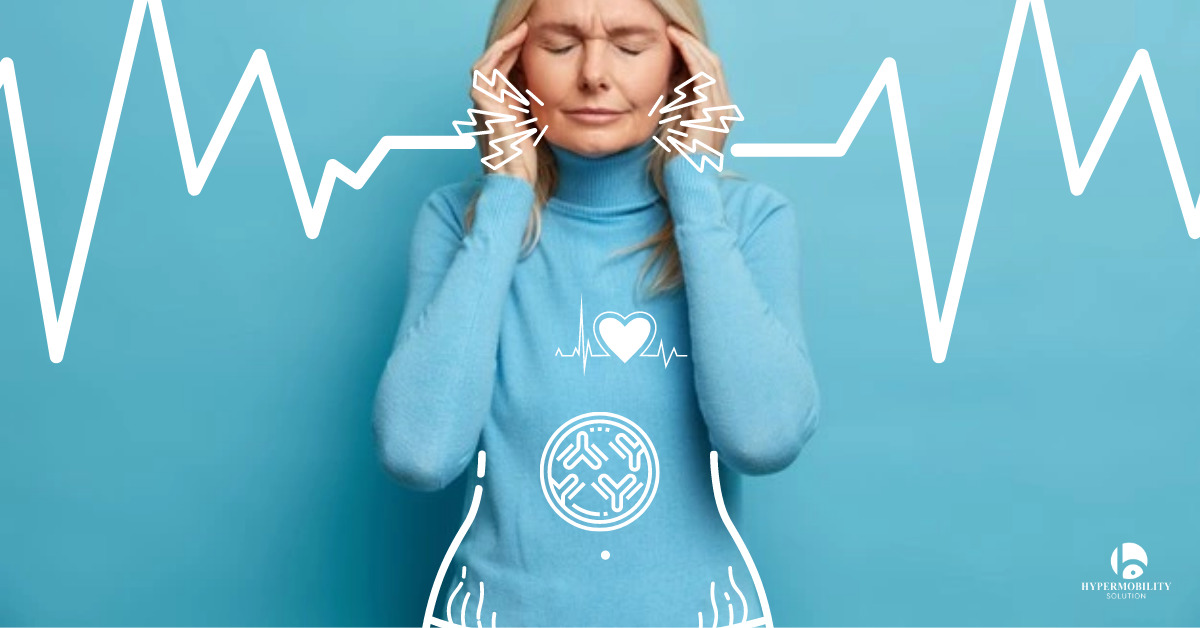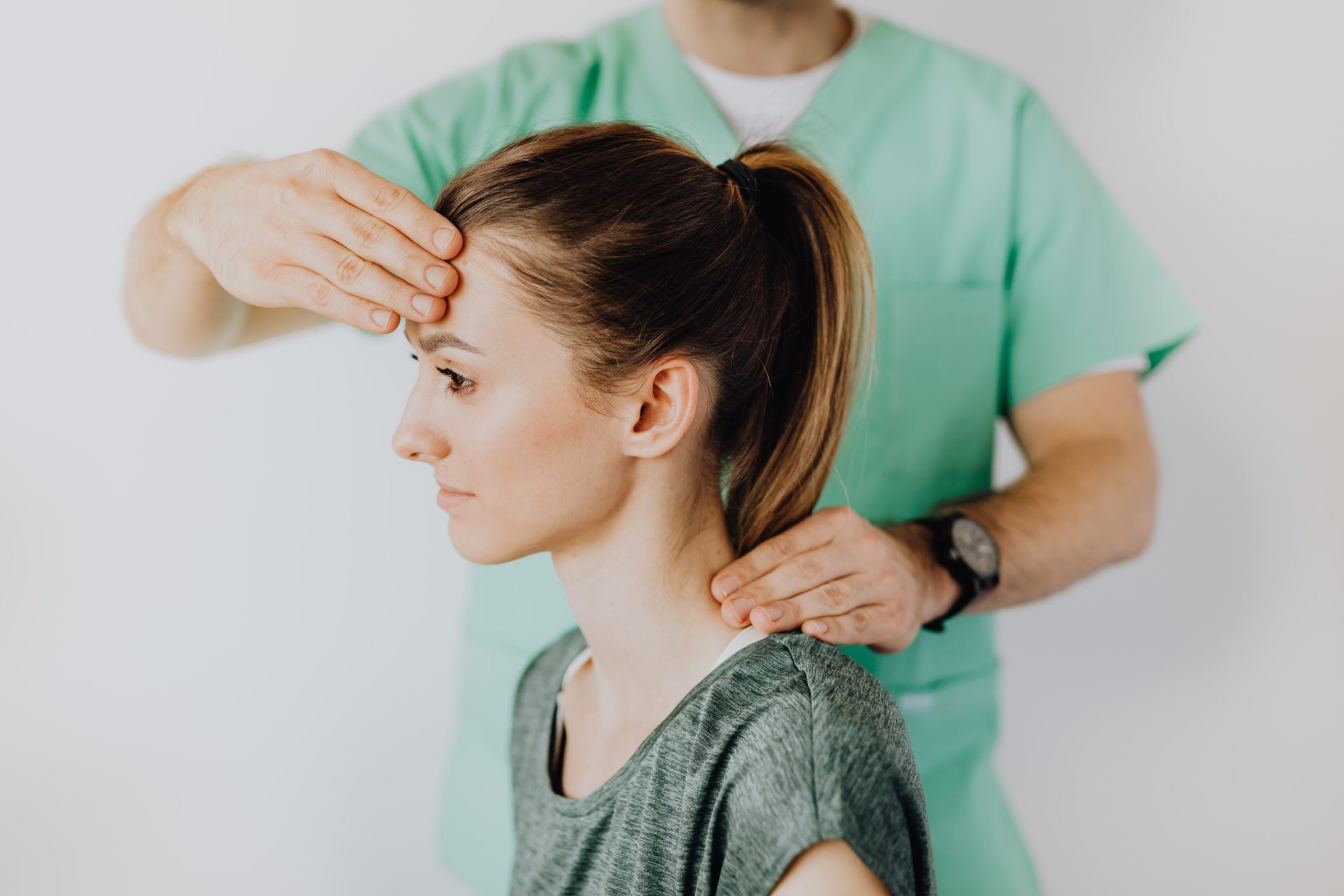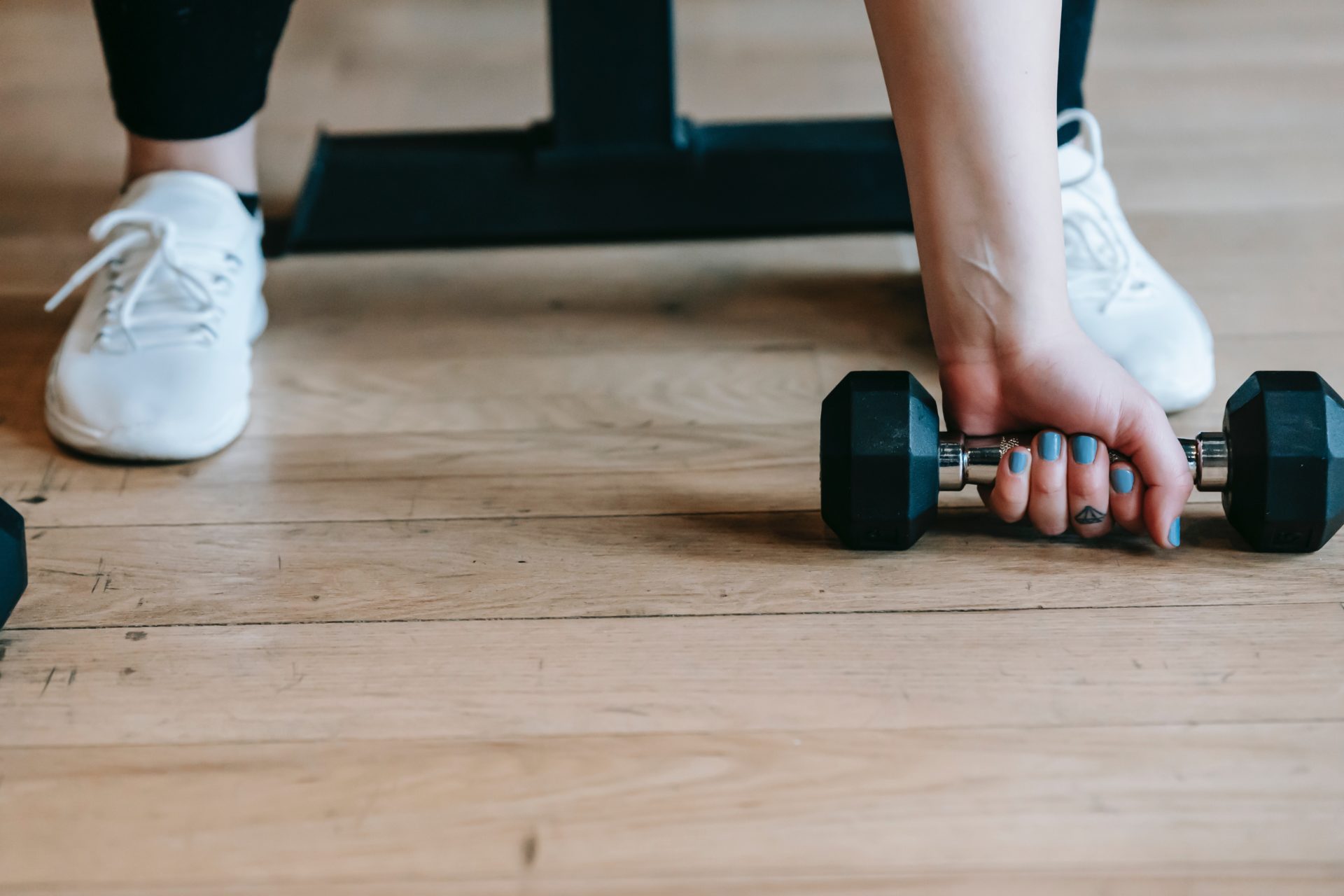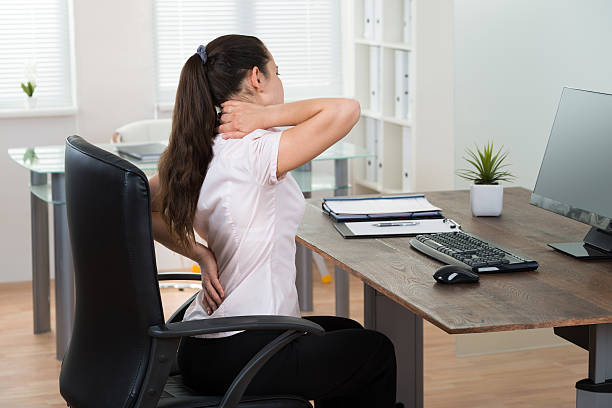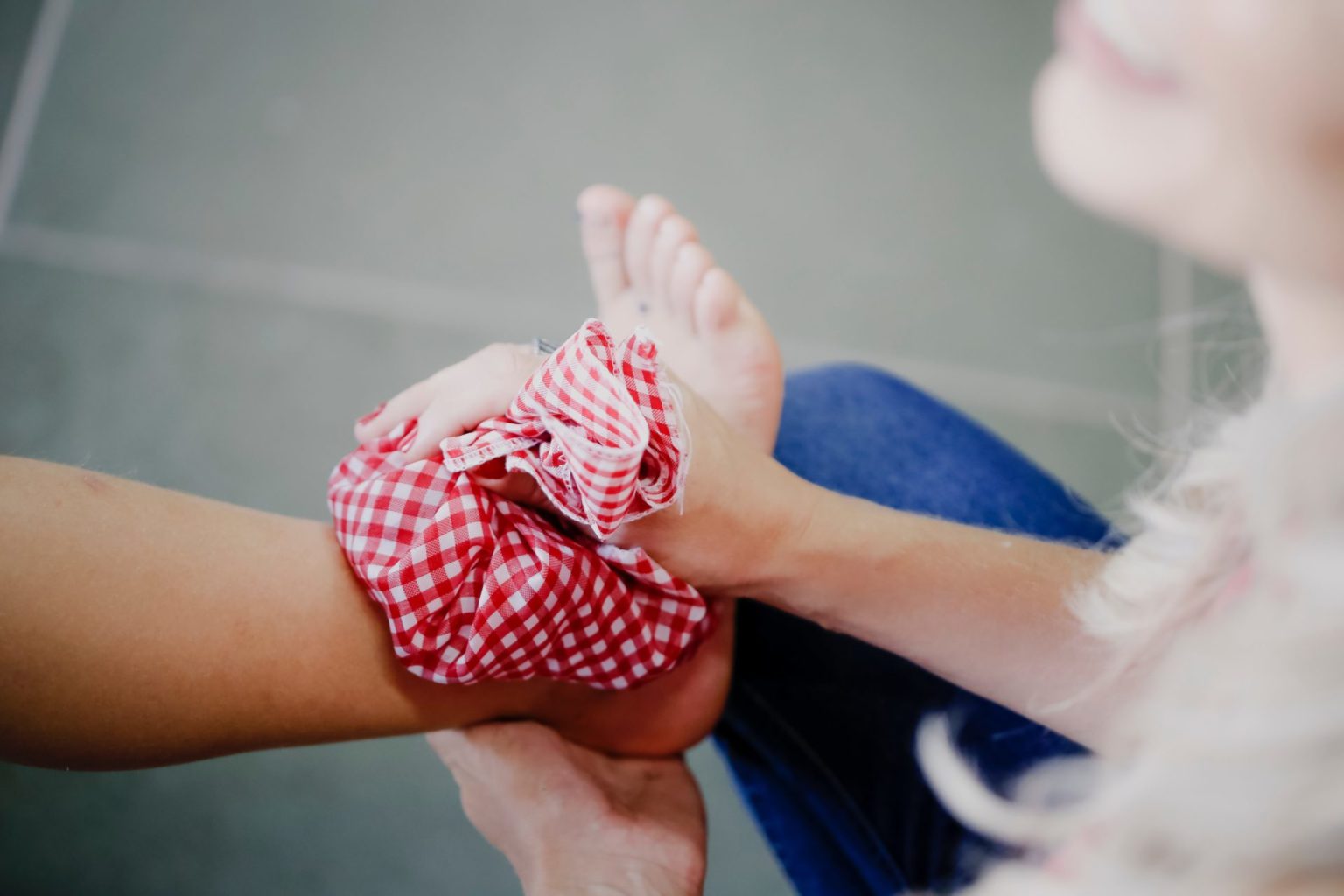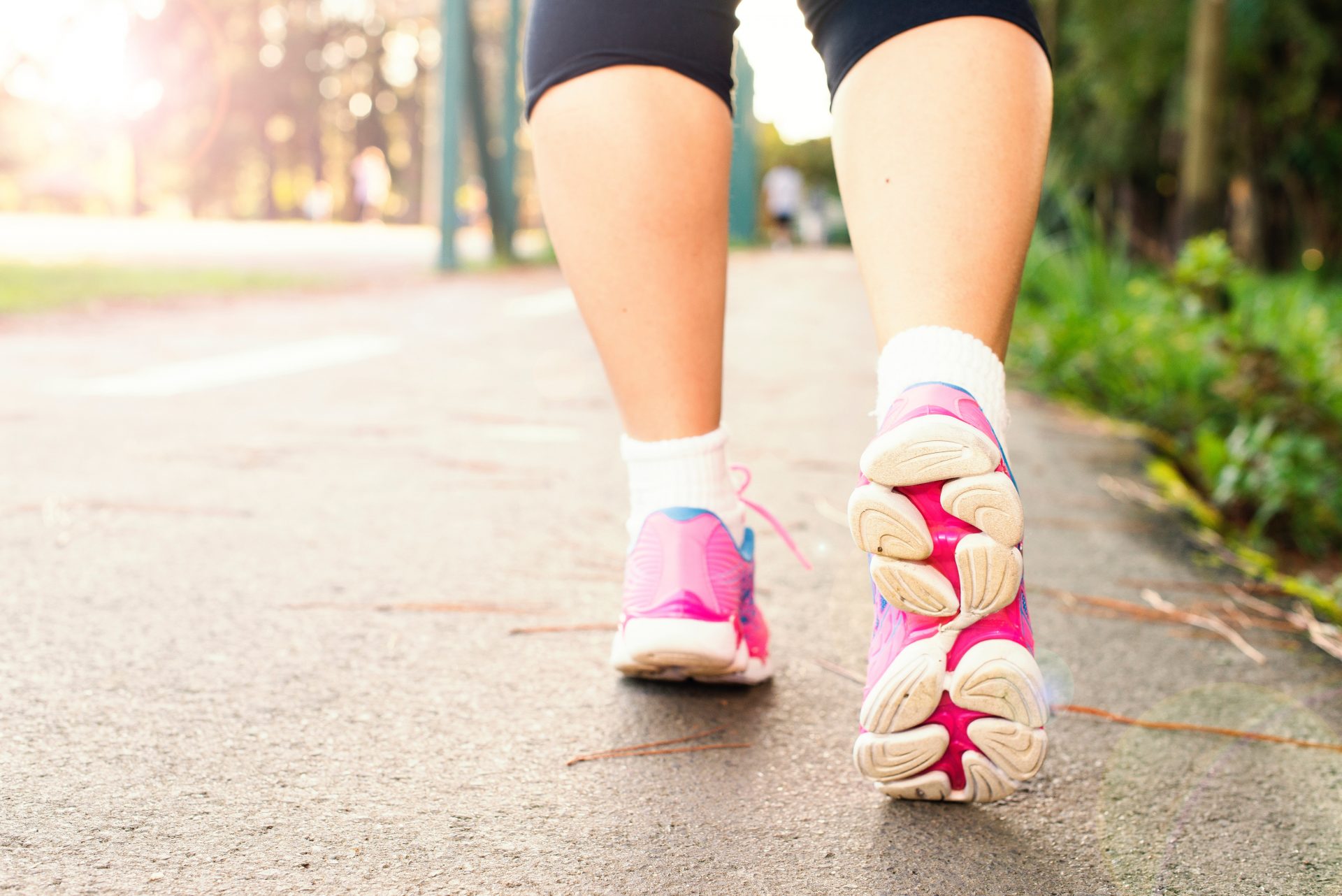Read the blog!
For those living with hypermobility, achieving deep, restorative sleep can often feel elusive. While sleep is essential for everyone, it becomes even more critical when managing pain, balancing anxiety levels, and optimizing the body’s healing process. So, if mornings often greet you with exhaustion or discomfort, it might be time to reassess your sleeping habits. […]
Living with Hypermobility Spectrum Disorder (HSD) presents challenges in daily routines, where chronic pain, fatigue, and heightened sensory experiences become a norm. It’s vital for us to articulate our needs without feeling judged, as these small accommodations can make significant differences in our well-being. The Scented World Around Us People with HSD often possess enhanced […]
For those grappling with Hypermobility, the array of accompanying health concerns might seem overwhelming. But remember, you’re not alone. Here, we shed light on the top eight Hypermobility comorbidities, offering understanding and guidance on each. Autonomic Nervous System Issues: POTS Your autonomic nervous system oversees many involuntary actions, like heart rhythm. When this system faces […]
Alignment is more than just maintaining good posture. For those with hypermobility, it’s about ensuring that our body structures are harmoniously in place, ensuring that we function effectively and feel good. Dive deep into the intricate relationship between alignment, the SI joint, and hypermobility. The Challenge of Alignment with Hypermobility For individuals with hypermobility, one […]
In this article, there are some different types of techniques you can utilize for different situations when lifting weights. Read on to learn more and then start to apply them when you need them. Practicing lifting weight Anytime you are practicing, use very minimal weight, and focus on your movement first. After you are comfortable […]
Posture and positioning are two of the main things that you can do to control your pain and symptoms best. Read on to learn more about how positioning and posture can help you manage your alignment and symptoms. Better position equals less strain An important thing to keep in mind is that the better your […]
When managing hypermobility symptoms, is it better to use heat or ice? In this blog post, I’ll cover when to use heat instead of ice and best practices when using both techniques. Use ice for nerve pain. Use heat when ice is not helping. Alternate for better results. Heat or Ice for acute injuries When […]
Walking with hypermobility is often something that we pay little attention to. When it’s easy for our bodies to do, we take for granted how natural it comes to most of us. But, when it comes to hypermobility, the way that we walk is extremely important. The way that we walk is significantly related to […]
Controlling rotation with hypermobility is absolutely necessary. Twisting and turning are natural movements that occur frequently throughout the day. When hypermobile, it’s incredibly important to be aware of the way that you control your rotation in order to decrease pain and hypermobility symptoms. The problem with most turning is that if you don’t control the […]
Strength training with hypermobility is much different than it is for those who are not hypermobile. In this article, I discuss the basic steps to follow when strength training with hypermobility. Strengthening is a must Strength train three days a week Always make strengthening your focus Good stability and technique is paramount Move the weight […]
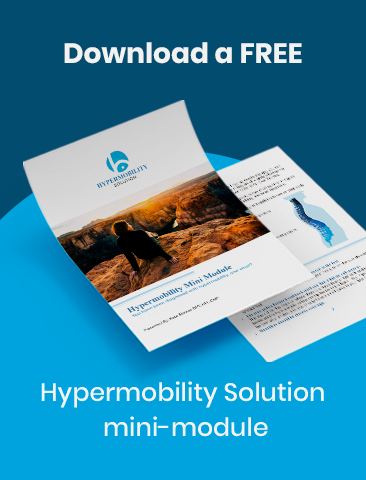
About Kate

Kate Skinner is a Doctor in Physical Therapy, co-founder of Great Divide Physical Therapy, and creator of Hypermobility Solution.
Recent Posts




